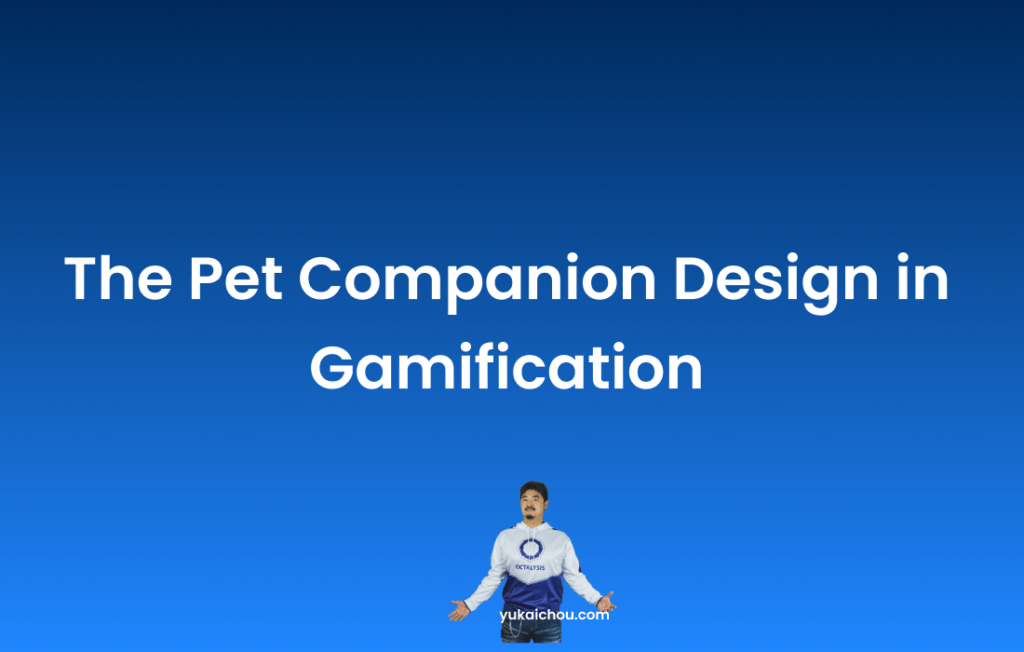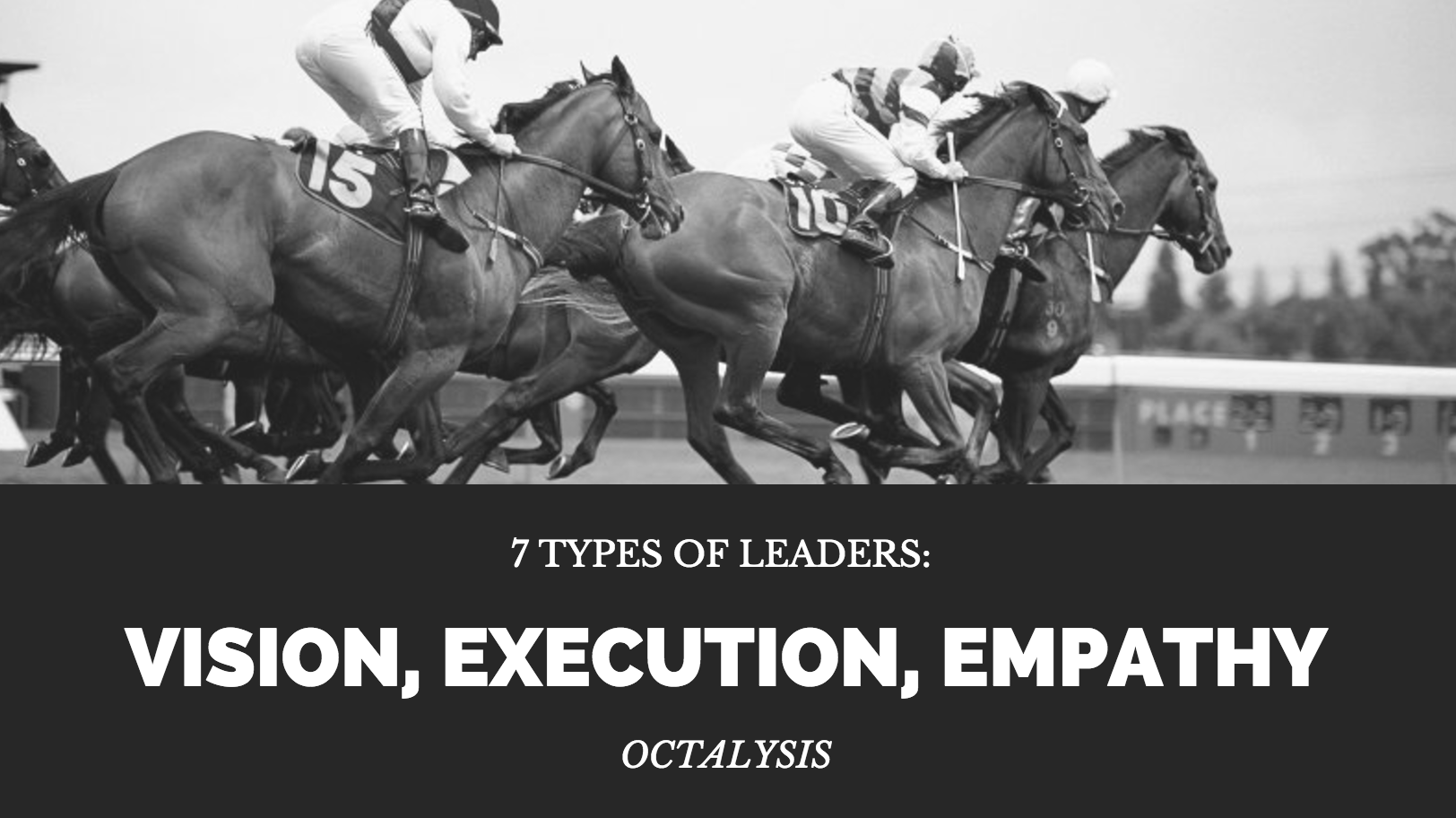Pet Companion Design (Game Technique #135)
In the vast universe of game design, there’s a myriad of techniques employed to amplify user engagement and immersive experiences. Among these, one stands out for its unique charm: the “Pet Companion” Game Design Technique #135.
This concept may remind some of the Avatar Design, a foundational game design technique. While there are similarities, the essence of ownership and the feeling of camaraderie differ significantly.
Distinguishing Avatar (GT#13) and Pet Companion Designs
In the world of Avatar Design, players often see themselves as the avatar. The avatar becomes an extension of their identity, a digital representation of themselves in the virtual realm. This embodiment fosters a profound connection, a bond that makes every achievement, loss, or challenge deeply personal.
In contrast, the Pet Companion Design introduces a subtle shift in this dynamic. Here, the player isn’t the digital entity but rather its master or friend. The relationship is one of guardianship and camaraderie. This distinction, while nuanced, profoundly alters the gaming experience. For example, when faced with a challenge, having a pet launch an attack feels distinctly different from the player-avatar doing so. The former feels like teamwork, while the latter is more personal.
How Battle Camp utilizes Pet Companions to expand their appeal
For clarity, let’s go deeper into some games that masterfully employ this technique:
In “Battle Camp,” players have the unique task of capturing monsters. Once captured, these monsters fight for the player. An intriguing aspect of “Battle Camp” is its substantial female player base. Beyond its vivid designs and colors, the game’s indirect combat mechanism provides a different kind of appeal. Instead of the player’s avatar fighting with ninja swords, their Pet Companions, or monsters, engage in combat, offering a level of detachment that can be particularly appealing to those who shy away from inflicting direct violence within games.
Some games have pushed the boundaries of the Pet Companion Design by introducing layers to the player’s virtual identity. In games like Battle Camp, players have avatars, which they can modify. These avatars, in turn, own battle pets that engage in combat. This layered approach adds depth to the gameplay, further distancing the player from direct combat and creating a more complex narrative.
It becomes a nice Core Drive 5: Social Influence & Relatedness experience.
Examples of Pet Companions within Iconic Games
- Plants vs. Zombies: This game is a brilliant showcase of autonomous combat. The player’s home is under threat from zombies, and to defend it, plants are strategically placed in the garden. These plants then automatically fight off the approaching zombies, removing the player from direct combat. It’s a strategy game where the player’s choices determine the outcome, but the action is executed by their plant companions.
- Super Mario: Mario’s adventures are made all the more thrilling with Yoshi, a green dinosaur. Yoshi not only serves as Mario’s mount but can also eat enemies, adding a layer of strategy to gameplay.
- MegaMan: MegaMan’s world is enriched with companions like his loyal dog, which he can ride, and Beat, a bird that autonomously seeks out and attacks enemies. These companions add depth to the gameplay, offering varied combat options.
- Diablo II: Here, players can have a ‘follower,’ a companion equipped with weapons and skills. This follower aids the player in battles, casting spells, and confronting adversaries. The customization options for the follower add an extra dimension to strategy.
- World of Warcraft (WoW): WoW offers a multi-layered pet companion system. The Hunter class can tame wild animals, turning them into loyal companions. These companions can be trained, given equipment, and even have their skills customized. Additionally, WoW introduced battle pet companions, which players can train to fight other pets they encounter in the expansive game world.
Pros and Cons of Pet Companions
Pet Companion Design touches upon various Core Drives that motivate players. From the drive for Social Influence and Relatedness, where players feel a sense of camaraderie, to the drive for Empowerment of Creativity and Feedback, where players can customize their pets, these drives play a pivotal role in enhancing player engagement.
However, while the advantages are numerous, there are challenges too. Players might be less inclined to invest in cosmetic upgrades for their pets as compared to their avatars. This is because avatars often serve as a direct representation of the player in the digital realm.
Fitness and Health Apps: “Walk with a Virtual Pet”
Description: Many health and fitness apps have introduced virtual pet companions to motivate users to stay active. For instance, a user might adopt a virtual dog that requires daily walks. The health of the virtual pet directly correlates with the user’s physical activity. If a user reaches their daily step count or exercise goal, the virtual dog appears happy and healthy. Conversely, if the user is inactive, the virtual pet might appear sad or unwell.
Impact: By tapping into the user’s emotions and sense of responsibility towards their virtual pet, these apps encourage daily physical activity. Users aren’t just walking for their health; they’re also walking to keep their virtual pet companion happy.
Educational Platforms: “Learn with Your Study Buddy”
Description: Some e-learning platforms introduce virtual pet companions to assist students in their learning journeys. As a student progresses through lessons or achieves certain milestones, their virtual pet might evolve, gain new skills, or even unlock special features. The virtual pet can provide hints, celebrate the student’s achievements, and even pose challenges or quizzes.
Impact: The pet companion serves as both a motivator and a learning aid. Its evolution mirrors the student’s academic progress, making learning more engaging and rewarding. The interactive nature of the pet companion also aids retention and understanding of the material.
Banking and Finance Apps: “Grow Your Savings with Your Virtual Plant”
Description: Some banking apps utilize the pet companion technique by introducing virtual plants or trees that grow as users save money. When a user deposits money into their savings account, the virtual plant receives “water” and grows. Reaching certain savings milestones might result in the plant bearing fruit or flowers. However, withdrawing money might lead to the plant wilting, serving as a visual deterrent against unnecessary spending.
Impact: The virtual plant acts as a visual representation of the user’s financial health and growth. It encourages consistent saving habits and provides a sense of achievement as users watch their virtual plant flourish in tandem with their savings. The emotional connection to the plant’s well-being can deter impulsive spending, promoting better financial management.
In each of these examples, the Pet Companion Design Technique is leveraged outside of traditional gaming to foster engagement, responsibility, and motivation in real-world scenarios.
Incorporating Pet Companion Design in Gamification
The Pet Companion design offers dynamic game mechanics. However, its complexity can be a deterrent, especially for companies aiming for simpler gamification strategies. While not every project needs a “World of Warcraft” level of intricacy, incorporating nuanced mechanics beyond basic points and badges can create a more engaging user experience.
To conclude, the Pet Companion Design Technique offers an innovative avenue for enhancing player engagement. Its dynamics, when effectively incorporated, can significantly enrich the gaming experience. I’m eager to hear your insights on this technique and any memorable pet companion designs that have captivated you in your gaming adventures.








